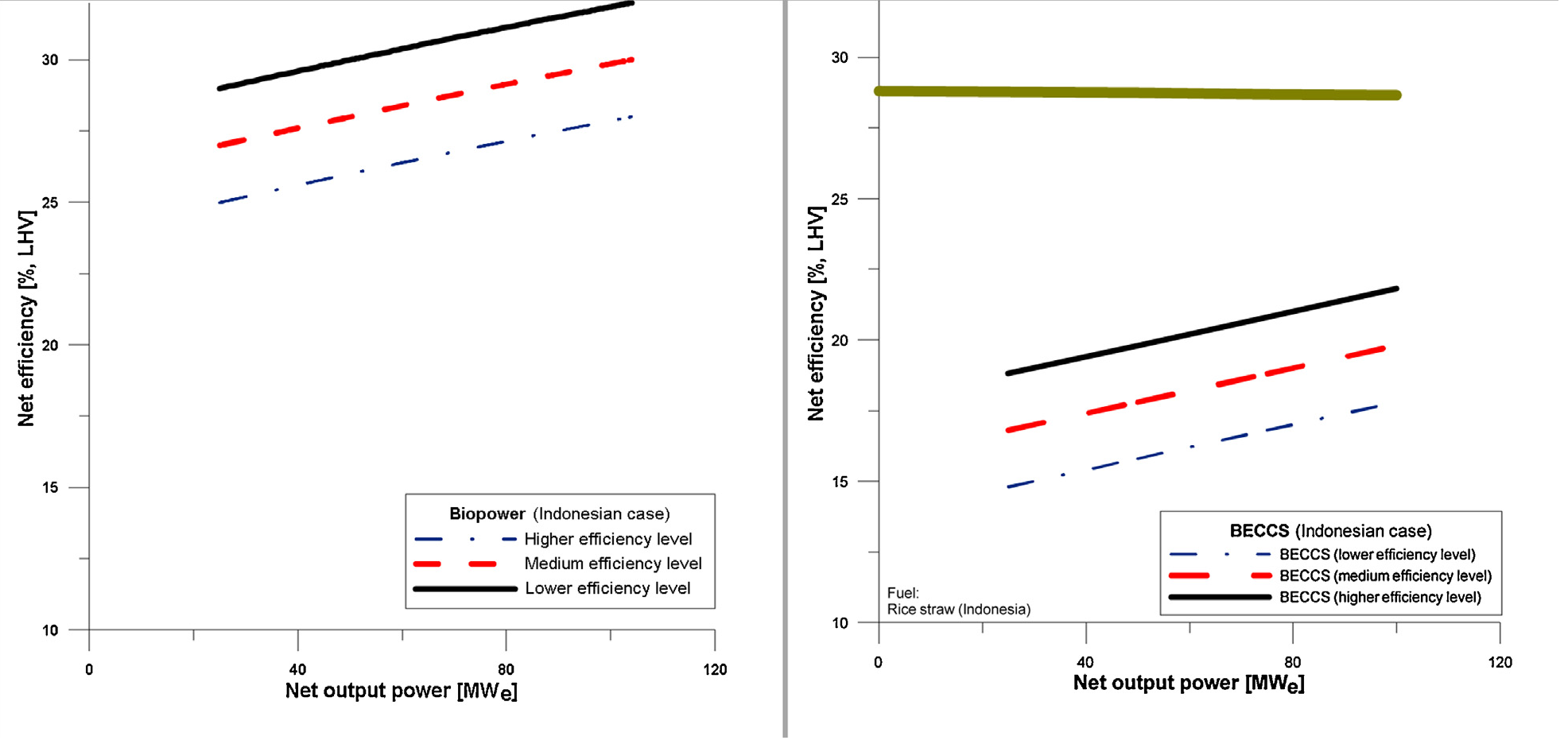Negative emissions in the tropics
Many of the options proposed for achieving a stable climate rely on ‘bioenergy with carbon capture and storage’— burning plant matter for energy, capturing the carbon, and storing it underground. Under the IIASA Tropical Futures Initiative, researchers explored optimal strategies for harnessing negative emissions in South East Asia—in particular Indonesia.
While there is a strong scientific consensus that we need to aggressively cut greenhouse gas emissions immediately, there is also growing evidence that we may not be able to achieve the necessary reductions in the time available. This means that we may need a way of removing CO2 already in the atmosphere — a process known as negative emissions.
Negative emissions can come in many forms: from simply planting more trees, to crushing rocks that naturally absorb CO2. One widely considered option is using plant matter as a fuel to produce energy, then capturing the CO2 that is emitted and storing it underground. This is known as bioenergy with carbon capture and storage (BECCS).
Trajectories of biopower plant net efficiency without carbon capture and storage (left), and the resulting net efficiency of co-fired biomass and biopower with carbon capture and storage (BECCS, right) depending on plant size (net power output).
This latter technology is cited by research as being an important part of restricting warming to safe — or at least safer — levels since it contributes to both carbon sequestration and decarbonization of the energy system. In fact, more than half of the future scenarios that give at least a 66% chance of limiting warming to 2°C, which were developed for the Intergovernmental Panel on Climate Change (IPCC), feature BECCS.
A recent IIASA study addresses deployment of BECCS in Indonesia, examining whether adapting existing coal-fired power stations so that they can burn a mix of coal and plant waste from agriculture (such as seed kernels or stems that are usually discarded), is more effective than building specific biomass-burning power stations.
The team found that although both options saved the same amount of CO2, the combined stations were more efficient, producing more electricity for the amount of biomass burnt. More efficiency means that burning biomass in adapted coal-fired power stations would be more economically viable.
It is also likely to be easier and cheaper to convert existing coal power stations than build new specific biomass-burning stations. With lower investments and existing infrastructure, policymakers and other stakeholders are more likely to embrace the idea.
There are limitations: for instance, the study results indicate that under the current conditions it is not possible to burn any more than 30% biomass in a combined power station. There are also uncertainties surrounding whether it is possible to collect enough biomass on the scale needed. However, the results are broadly general, and can be applied to other countries and situations, making them a valuable starting point.
References
[1] Hetland J, Yowargana P, Leduc S & Kraxner F (2016). Carbon-negative emissions: Systemic impacts of biomass conversion: A case study on CO2 capture and storage options. International Journal of Greenhouse Gas Control, 49: 330-342.
Collaborators
SINTEF Energy Research

